A Fun, Screen-Free Activity for the Whole Family
A puzzle table can be a fun and easy way to bring the family together. It offers a simple space where people can slow down, think, and enjoy each other’s company. Setting up the table doesn’t take much—just a flat surface, good lighting, and a little space to gather around. You don’t need a dedicated room or fancy furniture to make it work. A folding table or corner of a dining table can be just as effective. Choose a spot that’s quiet enough for focus but close enough to the action so others can join in. Puzzles offer a screen-free way to relax and challenge your brain. Kids, teens, and adults can all work at their own pace, and there’s no pressure to finish in one sitting. The table becomes a shared project that grows over time. It’s a great way to connect without needing constant conversation. Even just a few minutes a day can add up to something enjoyable. A puzzle table is a small effort with big rewards.
Picking the right puzzles is part of the fun. Start with simpler ones if your family is new to puzzling or if you have younger kids. As you build confidence, you can move on to more complex or themed puzzles. There are options for every interest, from landscapes and animals to movie scenes or historical artwork. Try rotating the puzzles regularly to keep the challenge fresh. Keep the box top nearby so everyone can reference the image as they work. Some people like sorting pieces by color or edge first, while others dive in without a plan. There’s no wrong approach—just what works for your family. You can even keep a puzzle log to remember which ones you’ve done together. Over time, the table becomes a source of tradition and memories. It’s less about the finished product and more about the time spent together. The puzzle is just the starting point.
Staying organized makes the table more enjoyable. Use small trays or containers to group pieces by type or color. If you need to move the puzzle mid-way, consider a roll-up mat or board with handles. Keep a small lamp nearby for evening puzzling, especially during darker seasons. Add a few coasters or snacks to make the space inviting. Try not to let the table become cluttered with unrelated items, so it stays focused on puzzling. Set boundaries like “no food near the puzzle” if that helps maintain order. You might also try setting weekly puzzle goals or leaving encouraging notes to keep others involved. If someone walks by and adds a few pieces, that’s a win. The table should feel welcoming, not like a chore. Organization supports fun, not formality. Keep it simple, and the enjoyment follows naturally.
In a busy world, a puzzle table creates space for quiet connection. It doesn’t require special skills or a big time commitment. Just a few thoughtful choices and a little space can set the tone for shared moments. Over time, it might become a favorite spot in the house. Whether you’re puzzling in silence or chatting about your day, the table gives people a reason to gather. It’s also a great way to take a break from screens and unwind. The slow pace encourages focus and calm. Puzzling helps with problem-solving, memory, and even stress relief. It’s a small activity with lasting value. When life gets hectic, the puzzle table can be a welcome pause. It’s a place where simple effort leads to shared satisfaction.
Categories
Recent Posts
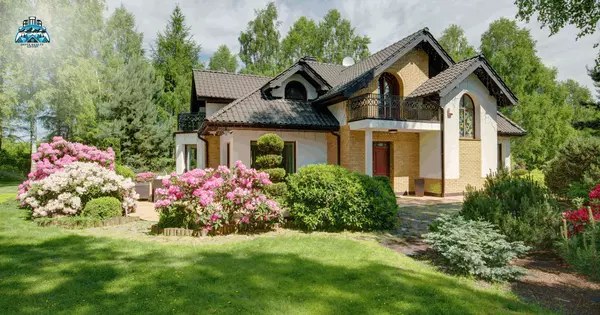
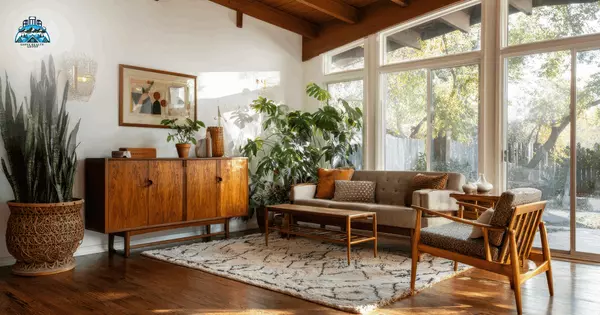
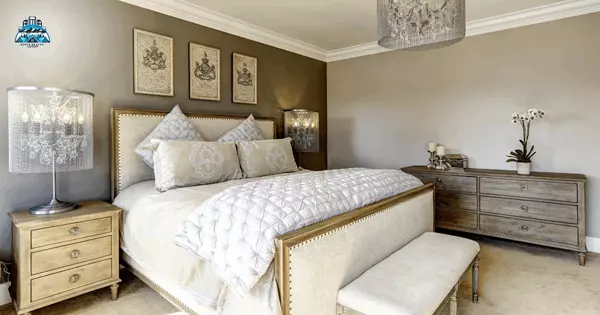


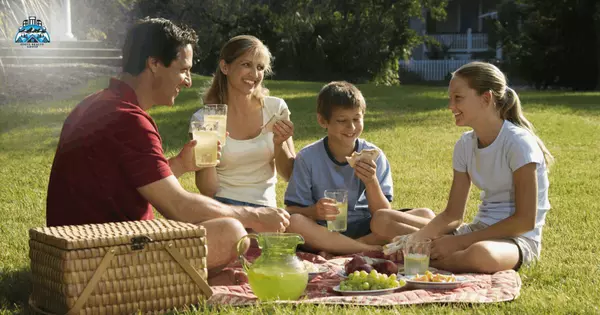
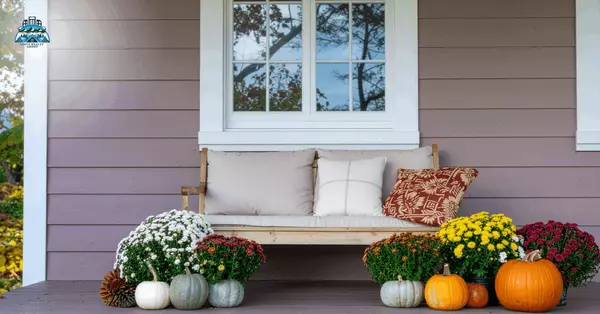
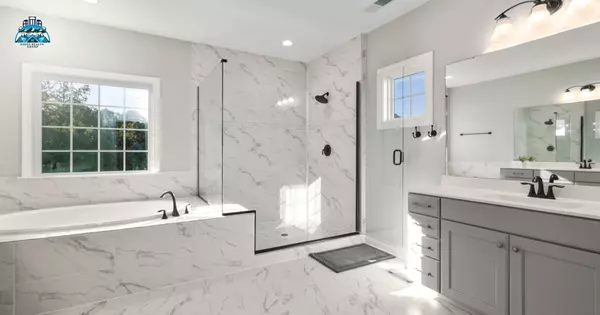
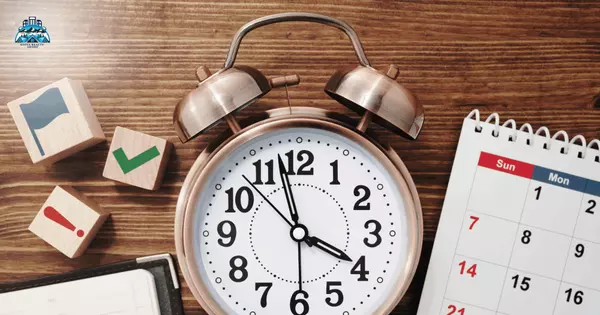

GET MORE INFORMATION


